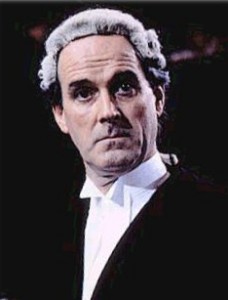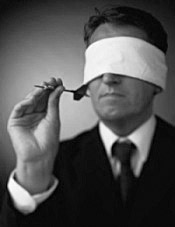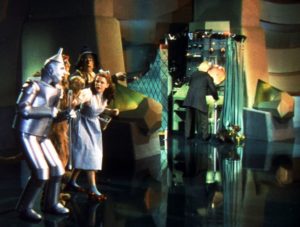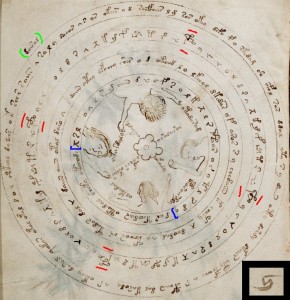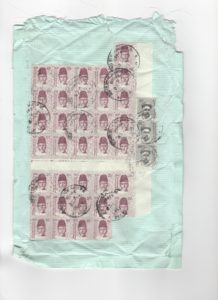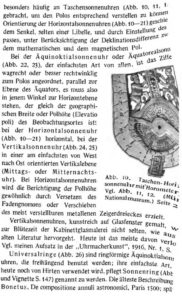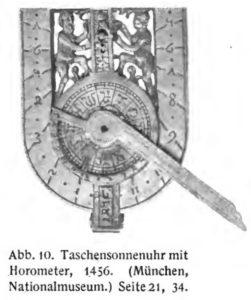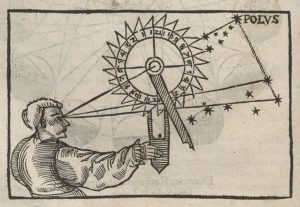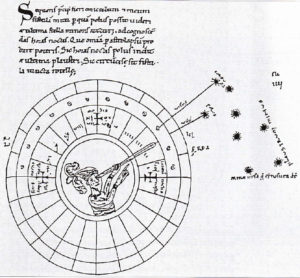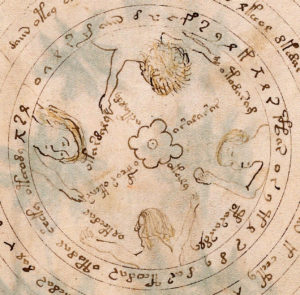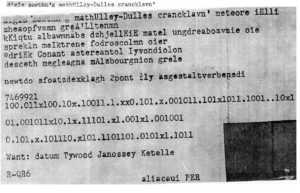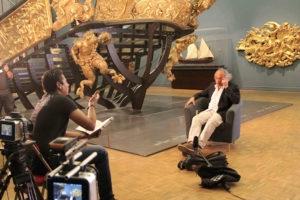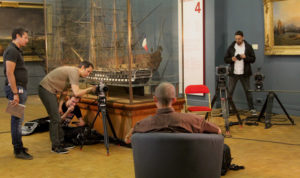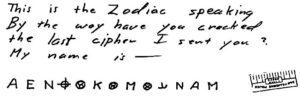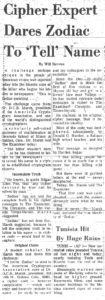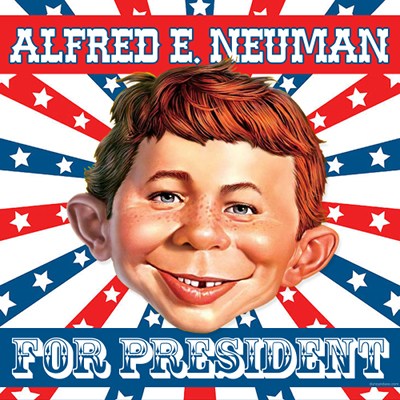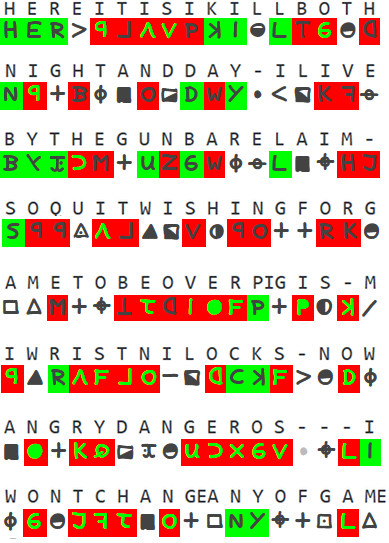(Please excuse the impersonality of what follows, but so many linguistic Voynich theories are popping up at the moment that responding to them all individually would be an even greater waste of my life than trawling through their sad attempts at ‘research’: sorry, hope you understand, etc.)
Dear linguistic Voynich theorist,
Thank you so much for your fascinating [1] and generally well-researched [2] paper. Unfortunately, it seems that in your enthusiasm to publish [3], you may well have skipped past some important details that would have presented your evidence, reasoning, and conclusions in a somewhat different light.
For example, your literature review somehow omitted to mention any of the fifty-plus [4] linguistic Voynich theories that had been published previously: only the most eagle-eyed of barristers would be able to highlight how these differed from yours to any significant degree.
I was interested to note [5] that you repeated the late Stephen Bax’s opinion (perhaps without even knowing that he was the source) that it is OK for linguistic Voynich theorists to disregard all previous statistical and analytical work carried out on the Voynich Manuscript’s text. However, given that almost all of that evidence and observation runs directly counter to your linguistic Voynich theory (and indeed Bax’s as well), it is hard not to draw the conclusion that you have been more than a little [6] selective. By stepping past all the practical difficulties with reconciling Voynichese with natural languages that have been pointed out from 1950s onwards by the Friedmans and many others, it seems as though you have taken a particularly blinkered view of the challenge involved.
As to what you think comprises evidence that supports your particular linguistic reading, I’m sorry to have to point out that neither optimistically plucking words from all manner of dictionaries nor running your fragmentary and non-grammatical [7] output through Google Translate for validation constitutes ‘evidence’ in any normal sense of the word. Instead, these merely show that you are willing to throw darts at a map bindfolded and then claim to have invented the satnav. [8]
Your attempted argument as to how Voynichese’s word-forms structurally map onto the plaintext forms you highlight would have been more persuasive had you looked for evidence beyond the two or three pages from the Voynich Manuscript you restricted your attention to. In reality, had you done so you would have realized that the ‘language’ apparently employed in the Voynich Manuscript varies significantly between sections, between bifolios, and also between different page and line positions (line-initial, word-initial, word-final, line-final, labels, etc): and it turns out that the tiny subset into which you put your time is not at all representative of the rest. So your supposed ‘translation’ fails to scale up in any way at all.
Finally: given that in your paper you were unable to sustain your ‘translation’ of the (supposed) plaintext language(s) of the Voynich Manuscript beyond a handful of somewhat optimistic [9] readings, and that this is almost exactly the same level of (un)convincingness that other near-identical linguistic Voynich theories manage, it is hard [10] to feel persuaded by your claims that you have “finally peeled back the veils of secrecy on this most mysterious of manuscripts“. Instead, it seems overwhelmingly likely that you have fallen headlong into the same shallow logical traps as pretty much every linguistic Voynich theorist ever.
At this point, it would be a wonderful thing to be able to say that despite some methodological flaws and over-enthusiastic leaps to conclusion, your paper has still managed to advance our knowledge of the Voynich Manuscript. But this would not be entirely true. [11] Instead, all you have actually achieved is wasting your own time along with that of everyone else unfortunate enough to read your miserable offering: ultimately, your paper is a bland and tepid mix of pseudohistory, pseudoscience and pseudolinguistics that moves us all backwards rather than forwards in any perceivable way.
Sorry, hope you don’t mind too much, best wishes, etc, Nick
Notes:
[1] This is a lie.
[2] This is a bigger lie.
[3] i.e. “slapdash haste”.
[4] Perhaps even a hundred.
[5] This is an even bigger lie.
[6] OK, “obscenely”
[7] OK, “pathetically nonsensical”
[8] It’s a good job I toned this sentence down, the first draft was a bit too strong.
[9] OK, “laughable and utterly random”
[10] OK, “so close to impossible as to make no practical difference”
[11] In fact, this would be a lie big enough to blot out the sun.

